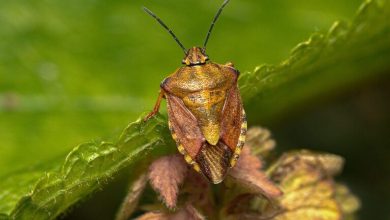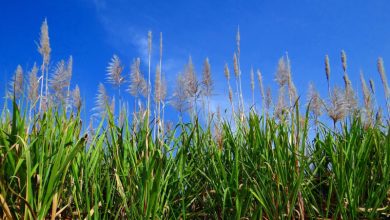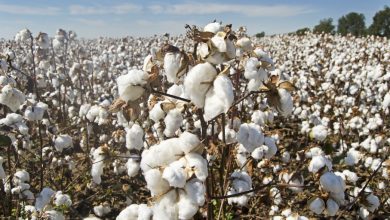FORMULADOS
A Corteva Agriscience da Dow DuPont lança o Pexalon

Corteva Agriscience, the agriculture division of DowDuPont, has launched Pexalon, a sustainable hopper management solution which is aimed at shaping the future of the agriculture industry in India, through DuPont.
Over the years, farmers in India have been facing the menace of aggressive plant hoppers attacking rice crops, this has led to many cases of crop burning, loss of income and severe distress to farmers and their families.
The losses in grain yield might vary from 10 per cent in moderately-affected fields to 70 per cent in severely-affected fields if proper control measures are not initiated at the right time.
With Pexalon, Corteva Agriscience hopes to win the confidence of growers and ensures that every hour they spend in the field is a promise for a better life for communities at large.
K V Subbarao, South Asia leader, Corteva Agriscience, said, “Despite the fact that almost 60 per cent of rural India depends directly on agriculture for their livelihood, India’s rice yields are significantly lower than the global average.”
“Pexalon is a result of extensive research developed specifically for the Asian rice market, and is a step towards fulfilling our commitment to providing sustainable solutions for farmers in India,” he added.
It is powered by Pyraxalt and is tailored towards meeting the needs of Indian rice growers and help them address the long-standing challenge of damaging pests, specifically the brown plant hoppers and white-backed plant hoppers.
Pexalon has a unique mode of action and provides outstanding and long-lasting control of BPH and WBPH in rice.
It is highly effective against all damaging life stages of hoppers, and has a relatively large margin of safety to non-target organisms and a favourable environmental profile. Therefore, Pexalon is a valuable tool in the management of difficult-to-control hoppers in rice.
In addition to Pexalon, Corteva Agriscience offers a wide range of crop protection products for management of various pests and diseases in rice, enabling higher incomes for farmers.
Fnbnews, 14/07/2018
Fonte Imagem: Reprodução




